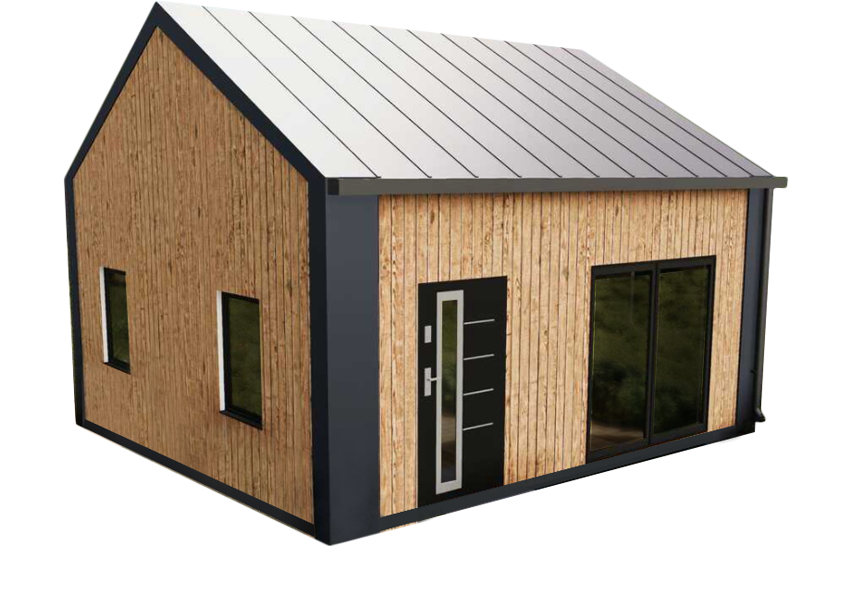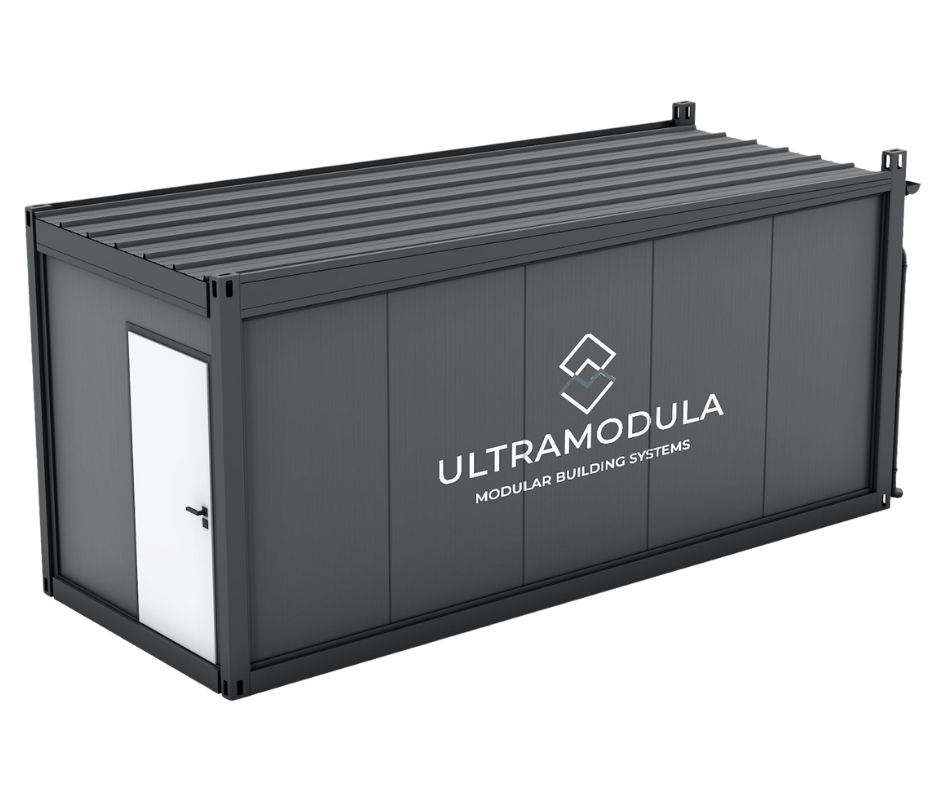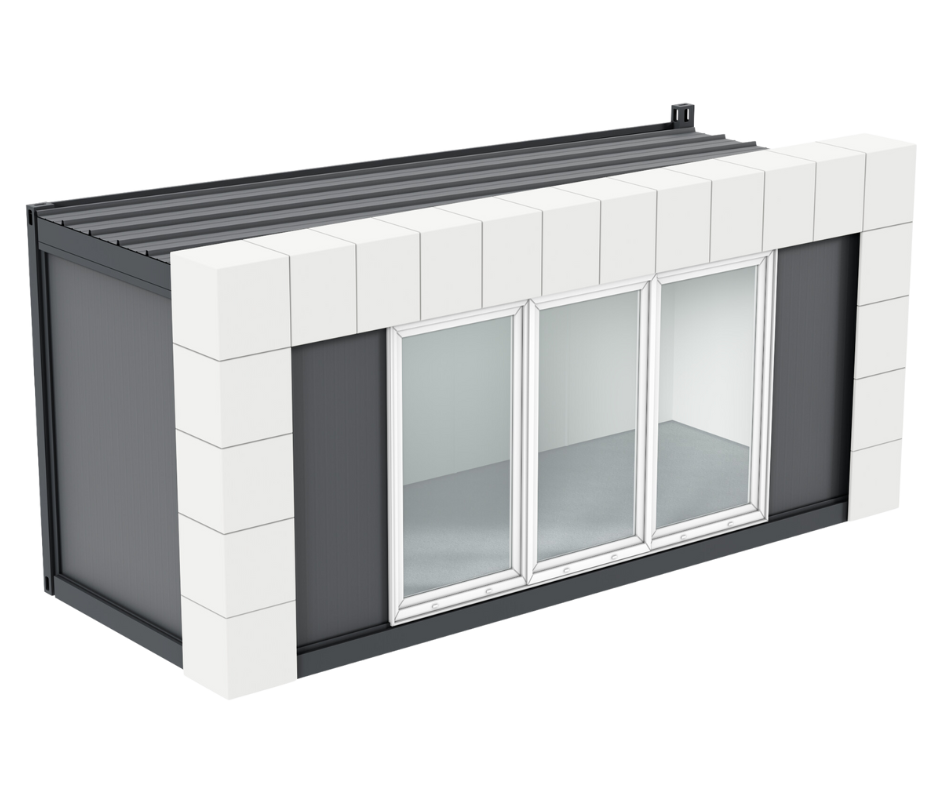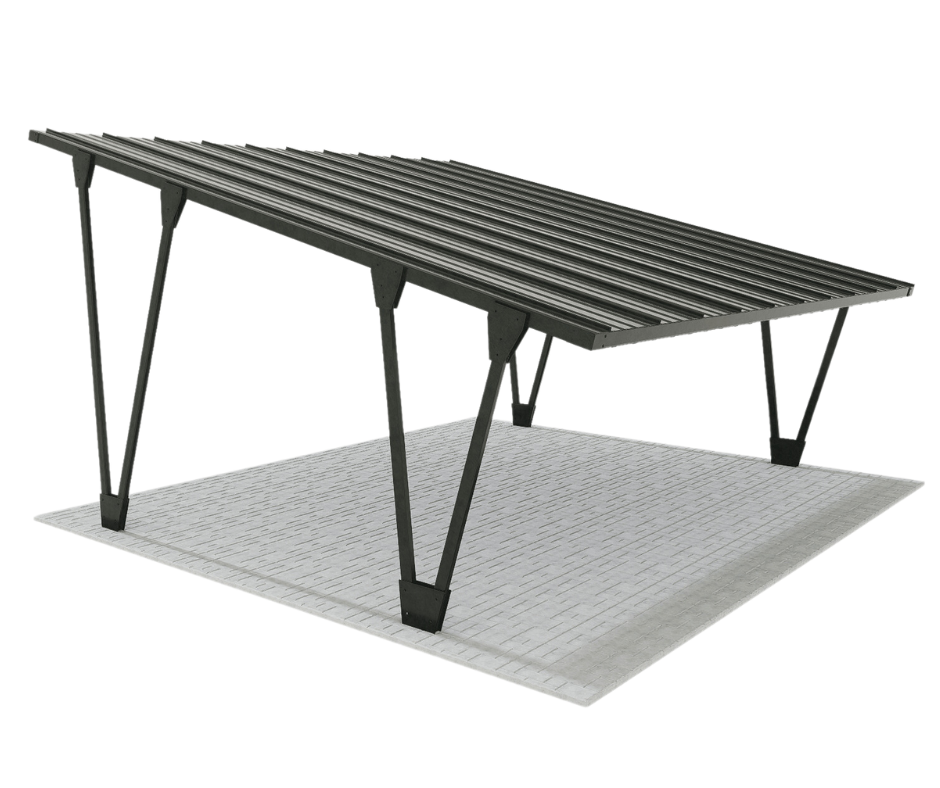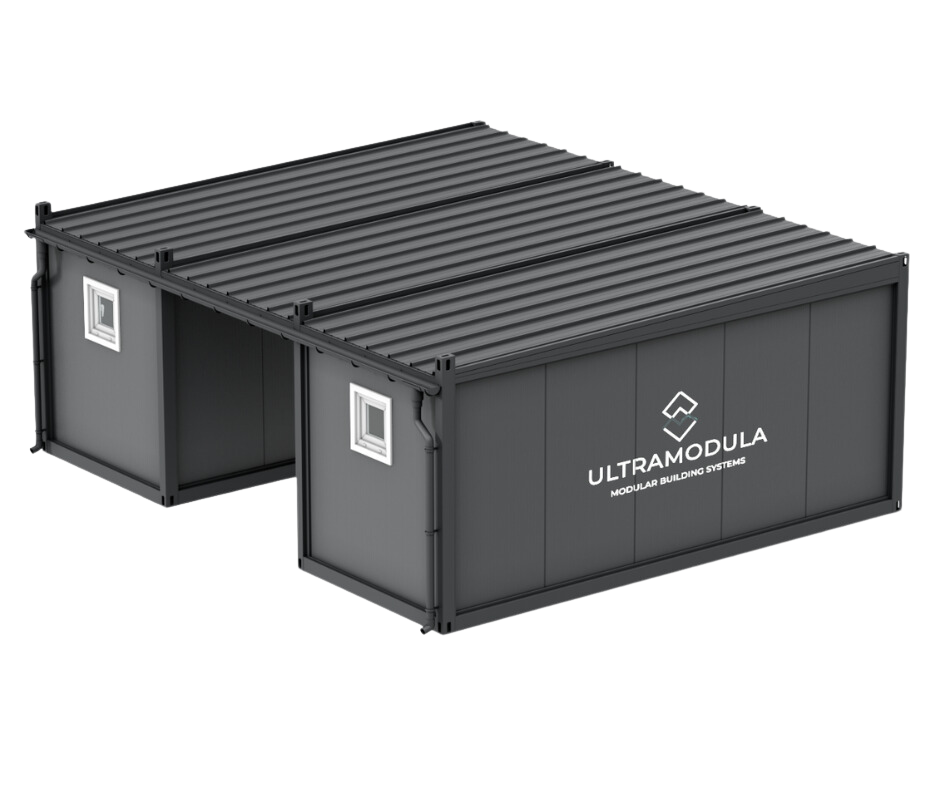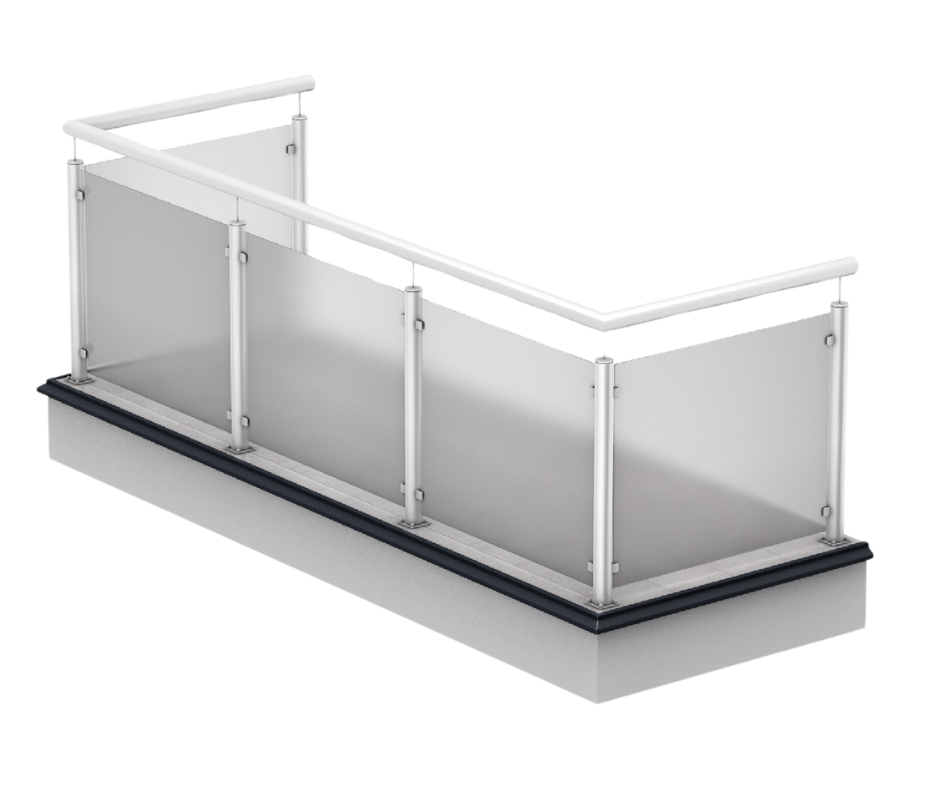When designing houses modular i containers, the role of soundproofing cannot be underestimated. This is a key element that is essential both in the context of residents' comfort of life, work efficiency in commercial facilities, and compliance with building regulations. Moreover, in the case of commercial facilities, such as hotels or service points, soundproofing is a key factor influencing customer satisfaction and staff comfort.
Why are soundproofing solutions important?
Noise is a constant companion in our lives. In cities, workplaces and even at home, we are often exposed to various sound sources that can negatively affect our health. Long-term stay in noisy rooms can lead to a number of health problems, therefore building sun, regardless of the technology, it is worth ensuring proper acoustics.
One of the most obvious health impacts of noise is sleep disruption. Prolonged exposure to noise at night, which is the human body's natural time to rest, can lead to problems falling asleep and staying asleep, which affects the overall quality of life. It may also increase the risk of health problems such as obesity, diabetes and heart disease.
In the workplace, noisy environments may negatively impact the ability to concentrate and work effectively. This can lead to errors, decreased productivity and increased job stress. Noise can also affect mental health. Prolonged exposure to noisy environments increases the risk of depression, anxiety and other mental disorders. Noise-related stress can lead to a reduction in quality of life and overall well-being.
The construction of modular houses and container buildings and their soundproofing
Obiekt container and houses modular ones are built based on a structure derived from transport containers. It is based on a steel frame welded from cold-formed sections. In order to meet high quality standards, the thickness of the material used to produce such sections should be at least 4 mm. This not only guarantees the stability of the entire structure, but also allows for stacking. It is worth noting that the walls, roof and floors of buildings container are always properly insulated, both thermally and acoustically. Reputable manufacturers use mineral wool with a thickness of about 100 mm, often combined with a vapor barrier foil. The additional insulating layer is usually a laminated board attached from the inside. It is therefore important to consider the extent to which these materials meet optimal soundproofing standards.
Steel frame and walls
Whether a given material can be classified as a soundproof solution depends on its density, sound transmittance, damping coefficient and resonance. Steel is a relatively dense material, which affects its ability to conduct sound. The high density means that the steel conducts sound effectively along its structure. However, it has low sound transmittance, which means that sounds have a harder time transmitting through steel compared to lower density materials. This makes it an effective sound barrier, especially when used in the right thickness.
It is worth knowing that steel has a moderate sound dampening coefficient: it can absorb sounds to some extent, although its ability to do so is limited compared to many other materials used for acoustic insulation. Combined with its resonant frequencies, which can increase sound emissions, steel requires additional insulating measures. Proper design solutions and the appropriate use of acoustic insulation can help you effectively use the acoustic advantages of steel.
Mineral wool is not only about insulation
Mineral wool is one of the most popular insulating materials, valued for its excellent soundproofing properties. Its unique structure makes it an excellent material for dampening sounds and noise, both in internal rooms and in isolation from external sounds, which improves acoustic comfort. The microporous structure of mineral wool effectively absorbs and disperses sound waves, reducing the intensity of sounds and limiting reflections from surfaces. Therefore, it is an excellent complement to steel structures that may exhibit resonant properties. Mineral wool can be used in a variety of places, including walls, ceilings, floors and ventilation and air conditioning installations. Therefore, it is one of the most important soundproofing solutions in modular houses and container buildings.
Finish: laminated board
Choosing laminated board as a finishing material is an effective soundproofing solution, especially in container facilities such as cafes, offices or conference rooms. These are spaces with high sound intensity, and laminated board has the ability to absorb sound, which means that it can absorb and dampen sound waves. This reduces sound reflections from surfaces, which helps reduce echo and resonance in rooms.

Cottage modular | Ultramodule
Designing soundproof modular houses
The process of designing soundproof modular houses requires analysis and planning. It includes several stages, starting from matching the project (preferably with a reputable manufacturer) to selecting the appropriate construction and finishing materials. When starting planning, it is important to take into account the optimal arrangement of rooms inside building so as to minimize sound conduction between individual zones. An example of good practice in this area is locating rooms with a high potential to generate noise (e.g. kitchens) away from places where silence should prevail (e.g. bedrooms).
A key aspect in designing soundproofing in modular houses is the selection of appropriate finishing and construction materials that will ensure good acoustics. To achieve optimal results, it must be taken care of already at the production stage, as is done by renowned manufacturers, who pay particular attention to:
- selection of high-quality window and door joinery with an appropriate acoustic permeability index;
- sealing windows, doors and other openings in a building as they are key to reducing sound leakage - although these points are often underestimated, they are an important part of ensuring soundproofing;
- the amount and type of sound insulation, i.e. the appropriate thickness of mineral wool, both in the construction of walls and ceilings.

Container music studio, rehearsal room | Ultramodula
Planning soundproofing solutions in container facilities
Designing soundproofing in container facilities, such as offices, hotels and cafes, is a key aspect of ensuring not only the comfort of users, but a significant factor influencing the efficiency of everyday work. The first and most important step in planning an acoustically friendly office space is to arrange it in such a way as to separate shared work zones from concentrated work zones. It is worth using walls made of appropriate materials for this purpose: they can be simple walls made of plasterboards with additional acoustic panels. In offices made of containers, it is also necessary to ensure that the floor covering is of appropriate thickness, which will muffle the noise of conversations and limit the reverberation in the rooms.
In container hotels, one of the main challenges is insulation sound coming from the surroundings, especially in the case of facilities located in places with heavy road traffic or city noise. Tight windows and doors play a key role here - without them, the building will always be noisy. Therefore, it is worth choosing facilities from proven suppliers.
In turn, when designing hotel interiors built using containers, it is worth starting with arranging the rooms in such a way that conference and training rooms or the restaurant are not located in the immediate vicinity of guest rooms. In a multi-story hotel, it is best to arrange them on different levels and ensure adequate acoustic insulation between floors. Another important soundproofing solution is to ensure optimal soundproofing of ventilation and air conditioning, because constant, uniform noise can be very bothersome, especially at night.
Choose soundproofing solutions and take care of your health and comfort
Knowing the impact of noise on health, it is worth carefully designing soundproof solutions in modular houses and container facilities. Modern technologies and materials allow you to create a comfortable and peaceful environment that will have a positive impact on the quality of life and work of building users. Please remember that designing soundproofing in modular houses and container facilities requires an interdisciplinary approach. It is not only a matter of using appropriate materials, but also taking into account construction aspects, acoustic insulation and properly selected ventilation and air conditioning systems.
Although the selection of materials with parameterized acoustic properties is certainly crucial, the appropriate functional design and the quality of workmanship of the entire building also have a significant impact on the final acoustic comfort of the interior.

